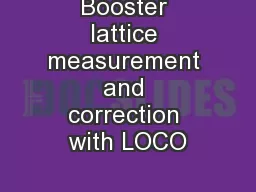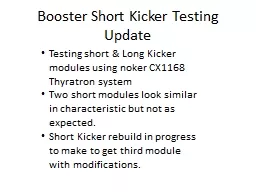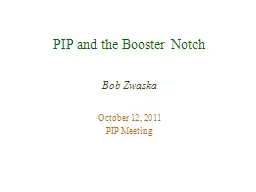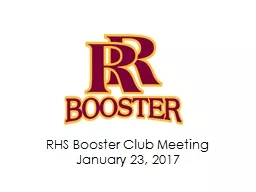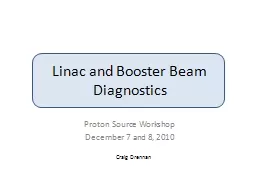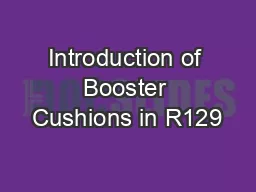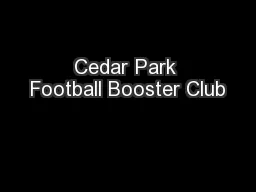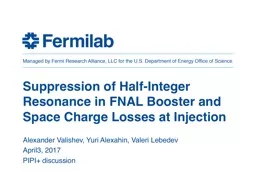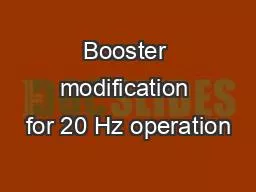PPT-Booster lattice measurement and correction with LOCO
Author : sherrill-nordquist | Published Date : 2017-10-17
CY Tan amp K Seiya Booster workshop 23 Nov 2015 Introduction People involved CY Tan K Triplett amp K Seiya Motivation To measure and correct the Booster lattice
Presentation Embed Code
Download Presentation
Download Presentation The PPT/PDF document "Booster lattice measurement and correcti..." is the property of its rightful owner. Permission is granted to download and print the materials on this website for personal, non-commercial use only, and to display it on your personal computer provided you do not modify the materials and that you retain all copyright notices contained in the materials. By downloading content from our website, you accept the terms of this agreement.
Booster lattice measurement and correction with LOCO: Transcript
Download Rules Of Document
"Booster lattice measurement and correction with LOCO"The content belongs to its owner. You may download and print it for personal use, without modification, and keep all copyright notices. By downloading, you agree to these terms.
Related Documents

